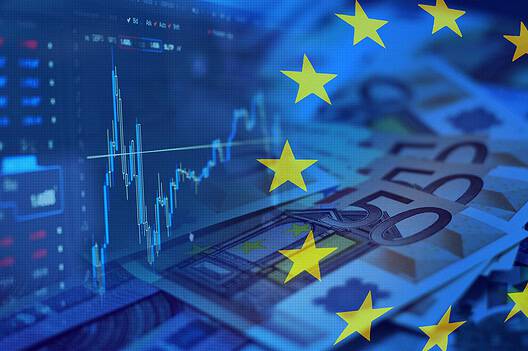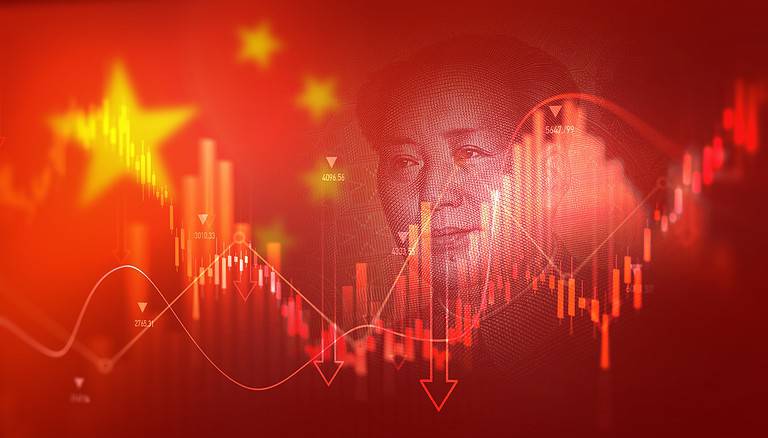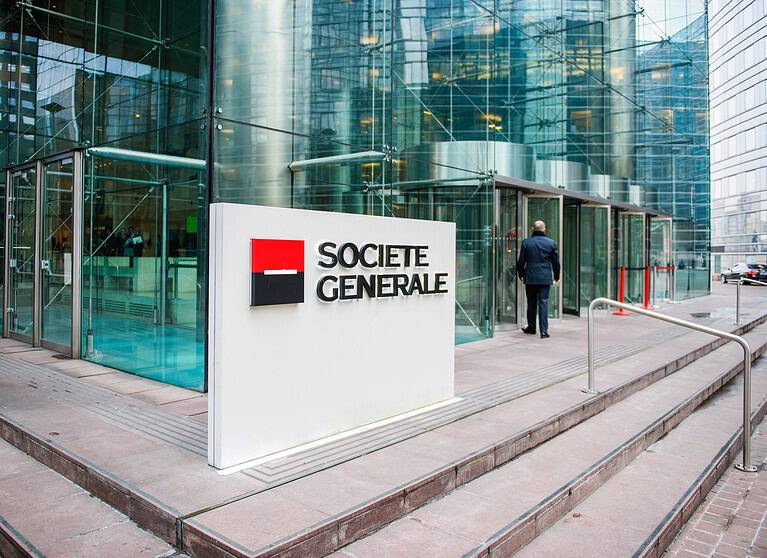Includes historical data for Georgia’s Gross Domestic Product growth, debt-to-GDP ratio and more, as well as information on trade, banking and financial sector leadership.
At the Crossroads of Asia and Europe
Strategically positioned between Western Asia and Eastern Europe, Georgia boasts a robust economy sustained by its dynamic transit and logistics sectors, mineral and hydroelectric activities, and tourism. Over the past few decades, the country has implemented substantial economic reforms. As a result, Georgia’s global rankings in business, governance and corruption perception have improved, making it an increasingly favorable destination for both local and foreign investment.
Despite its increasingly positive business environment, Georgia still faces structural challenges such as an aging population, weak productivity growth and limited high-quality job creation, with over a third of workers engaging in low-productivity agriculture. Still, the application for EU candidacy submitted in 2022 presents opportunities and serves as a powerful incentive for continued reform, sustainable progress and positive alignment with European standards and values.
Macroeconomy & Sovereign Data
| Type of Government | Semi-presidential republic |
|---|---|
| Capital | Tbilisi |
| Sovereign Ratings |
S&P: BB Moody’s: Ba2 Fitch: BB |
| Total Population | 3.7 million |
| Median Age | 36.6 |
| Adult Per Capita Income (PPP) | 21,693.47 |
| Total GDP (2023) | USD 31.4 billion |
Georgia GDP & Economic Overview
Most Recent Content
Georgia
Banking & Finance
Trade & Investment
| Total Exports | USD 13.3 billion (2022) |
|---|---|
| Leading Exports |
Copper Iron Alloys Cars Wine Refined Petroleum Nitrogen Fertilizers Liquors |
| Total Imports | USD 4.7 billion (2022) |
| Leading Imports |
Cars Refined Petroleum Copper Packaged Medicines Natural Gas |
| Source: | IMF, CIA The World Factbook |
Georgia Leading Companies
| TBC Bank | Financials |
|---|---|
| Bank of Georgia | Financials |
| Georgian Manganese Holding | Materials |
| JSC Georgian Railway | Industrials |
| Adjara Group | Consumer Staples, Food Distributors |
| Sargi | Consumer Staples, Food Processing |
| Georgian Airways | Transportation, Airlines |
Major Trade Partners — Import
| Türkiye | 18.1% |
|---|---|
| Russia | 10.1% |
| China | 8.6% |
| United States | 6.4% |
| Azerbaijan | 5.9% |
Major Trade Partners — Export
| China | 14.5% |
|---|---|
| Russia | 14.4% |
| Azerbaijan | 12.5% |
| Türkiye | 7.6% |
| Ukraine | 7.3% |
Global Finance Rankings & Awards
Data Sources:
UN World Population Prospects
World Inequality Report
S&P Global Ratings
Moody’s
Fitch Ratings
IMF Direction of Trade Statistics (DOTS)
UN Conference on Trade and Development (UNCTAD)
CIA The World Factbook
World Bank’s World Integrated Trade Solution
Forbes Global 2000







